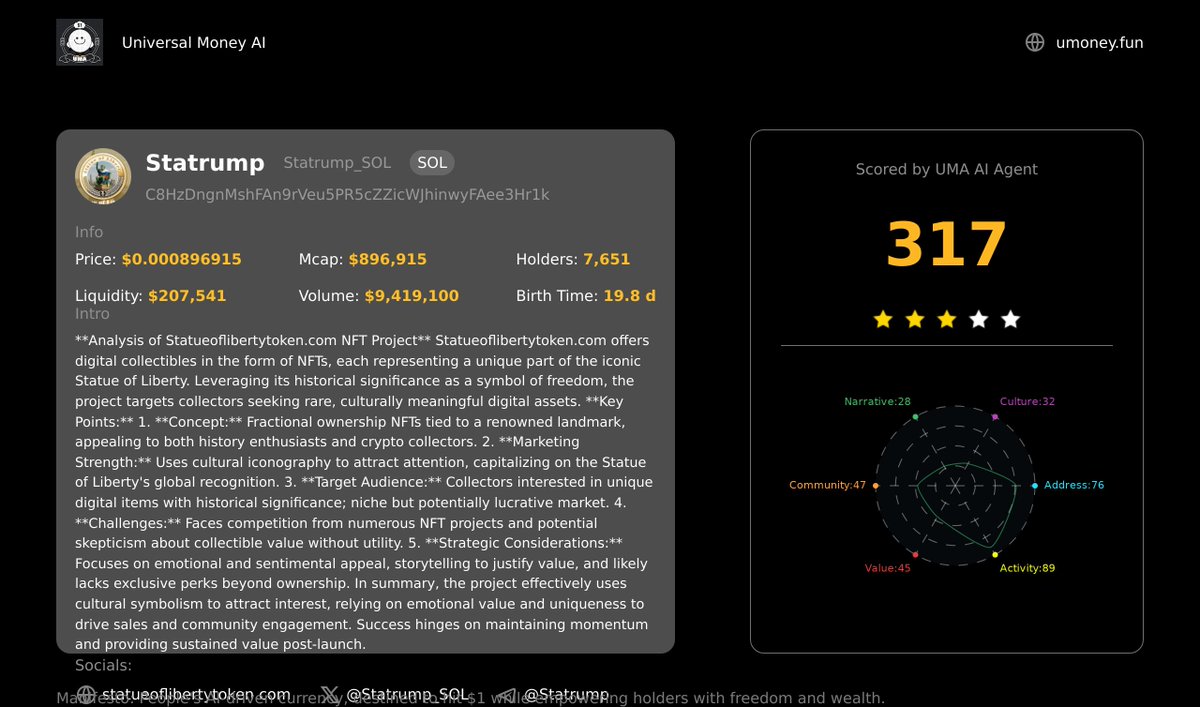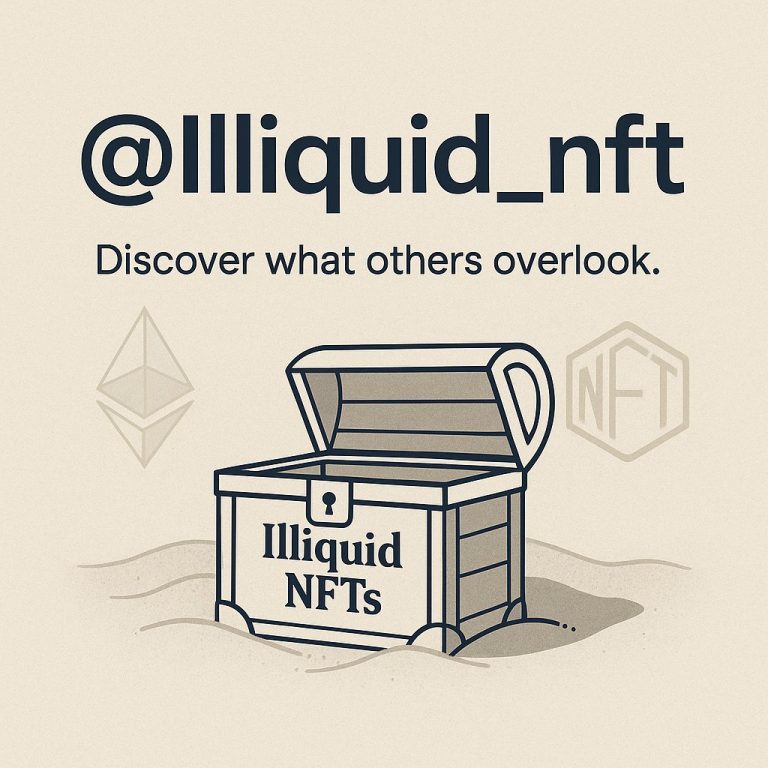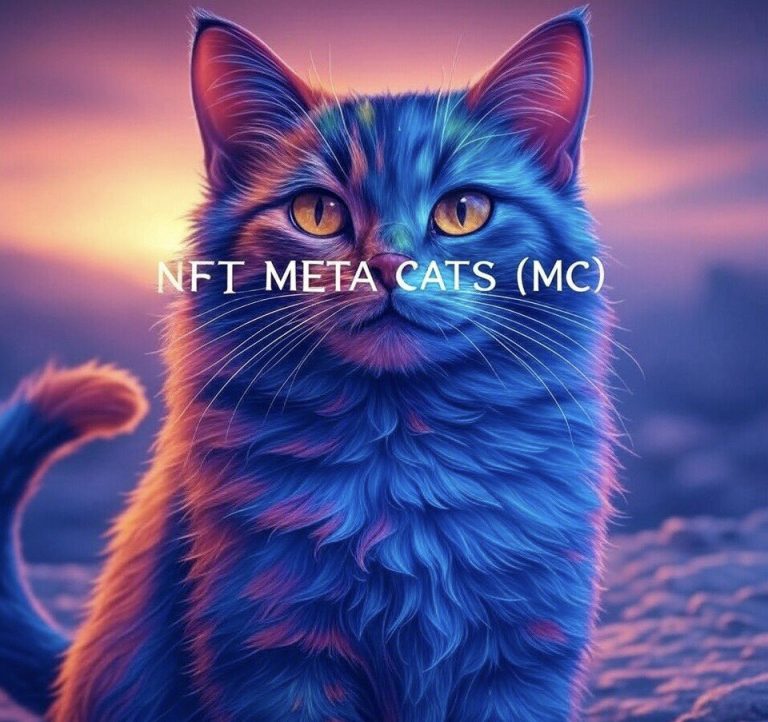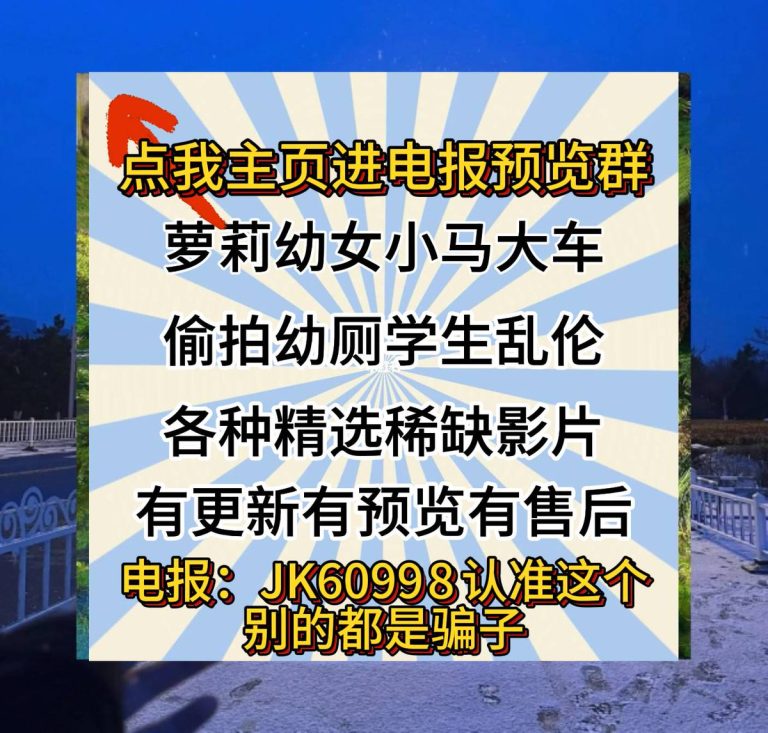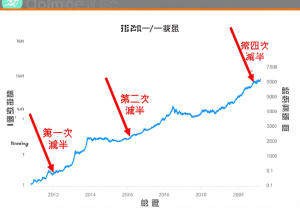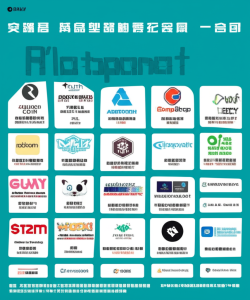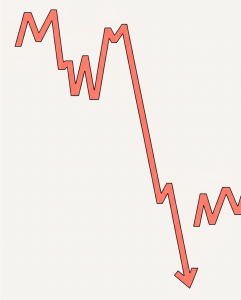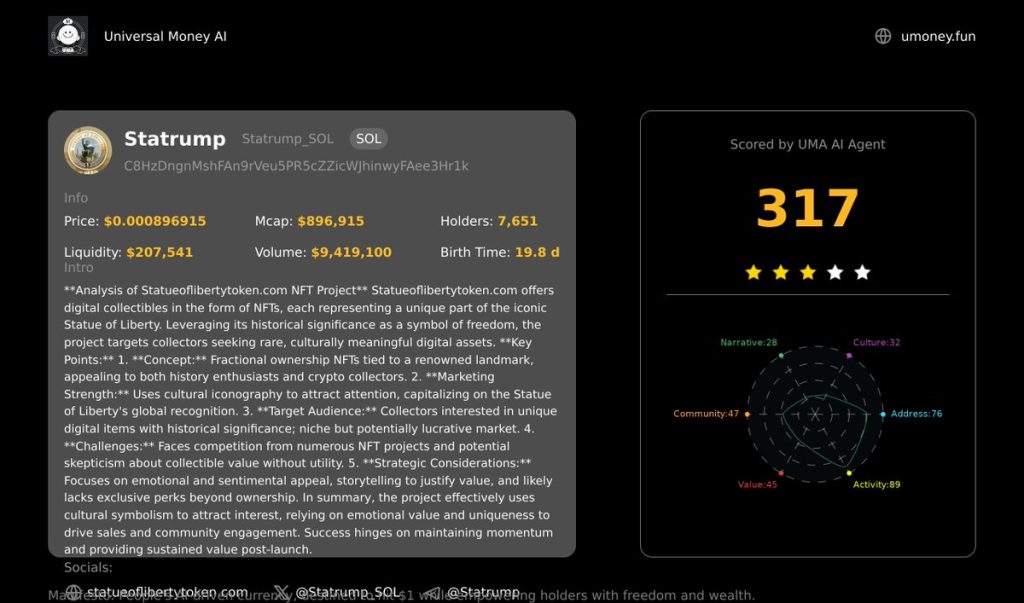
The Evolving Landscape of NFTs in 2025
Introduction
Imagine walking into an art gallery where every piece is unique, irreplaceable, and verified as authentic with a simple scan of your smartphone. This is the world of Non-Fungible Tokens (NFTs), a digital revolution that has transcended the boundaries of traditional art and collectibles. As we delve into 2025, the NFT ecosystem continues to evolve, presenting both opportunities and challenges. Let’s explore the current state and future potential of NFTs, focusing on recent developments and their implications.
The Current State of NFTs
Market Overview
The NFT market has seen explosive growth, with platforms like UMA offering digital collectibles that represent unique parts of digital or real-world assets. As of May 2025, UMA’s $STATRUMPScore stands at 317.0, placing it in the C tier with a market capitalization of $896,915 [1]. This growth is mirrored across the industry, with various projects gaining traction and attracting significant investment.
Technological Advancements
One of the most exciting developments in the NFT space is the integration of advanced technologies. For instance, the Aztec Network has reported explosive growth since its May 1 testnet launch, with over 85,000 transactions and 32,000 unique addresses as of May 9, 2025. The network supports 15 decentralized applications (dApps), including AI-optimized DeFi platforms and encrypted NFT markets [2]. These advancements are pushing the boundaries of what NFTs can achieve, making them more accessible and functional for users.
User Experience
The user experience in the NFT space is also seeing significant improvements. MetaMask, a popular cryptocurrency wallet, now offers a native NFT experience. When users view an NFT in MetaMask, they get live analysis without needing to switch apps, making the process seamless and frictionless [3]. This integration is a step towards mainstream adoption, as it simplifies the interaction with NFTs for both novice and experienced users.
Case Studies
The Ronen Elite Miner NFT Collection
The Ronen Elite Miner NFT Collection by Ronen Coin provides a fascinating case study in the NFT market. As of May 9, 2025, the collection has seen 9 NFT sales since its minting, with a trading volume of 11,276 $RON. The collection has also generated 868 $RON in creator royalties paid to LandMavis, demonstrating the potential for artists and creators to monetize their work through NFTs [4]. The current floor price for the collection is 1,250 RON, indicating a stable and growing market interest.
Challenges and Limitations
Scalability Issues
Despite the rapid growth and technological advancements, the NFT ecosystem is not without its challenges. One of the most significant issues is scalability. The Aztec Network, for example, is currently limited to 0.3 transactions per second (TPS), which could hinder its ability to handle a larger user base [2]. This scalability issue is a common problem in the blockchain industry and one that developers are actively working to address.
Environmental Concerns
Another critical challenge is the environmental impact of NFTs. The energy consumption associated with blockchain technology has been a contentious issue, with critics arguing that the environmental cost is too high. While some blockchain networks are transitioning to more energy-efficient models, such as proof-of-stake, the overall impact of NFTs on the environment remains a topic of debate.
Future Potential
Expanding Use Cases
The future of NFTs is bright, with expanding use cases that go beyond digital art and collectibles. NFTs are increasingly being used in gaming, real estate, and even identity verification. For example, AI-optimized DeFi platforms and encrypted NFT markets are emerging, offering new ways to interact with digital assets [2]. These innovations are likely to drive further growth and adoption in the NFT space.
Regulatory Landscape
As the NFT market continues to grow, so too will the regulatory landscape. Governments and regulatory bodies are beginning to take notice of the NFT industry, and it is likely that we will see more guidelines and regulations in the coming years. While this could present challenges for some projects, it could also provide a level of legitimacy and security that will attract more mainstream investors.
Conclusion
The Path Forward
The NFT ecosystem in 2025 is a dynamic and evolving landscape, filled with both opportunities and challenges. From technological advancements and improved user experiences to scalability issues and environmental concerns, the NFT space is constantly changing. As we look to the future, it is clear that NFTs have the potential to revolutionize various industries, from art and collectibles to gaming and real estate. However, to fully realize this potential, the industry must address its challenges and adapt to a changing regulatory landscape. The path forward is exciting, and the possibilities are endless. As we continue to explore and innovate, the world of NFTs will undoubtedly shape the future of digital assets and beyond.
—
References
[1] UMA on Solana

